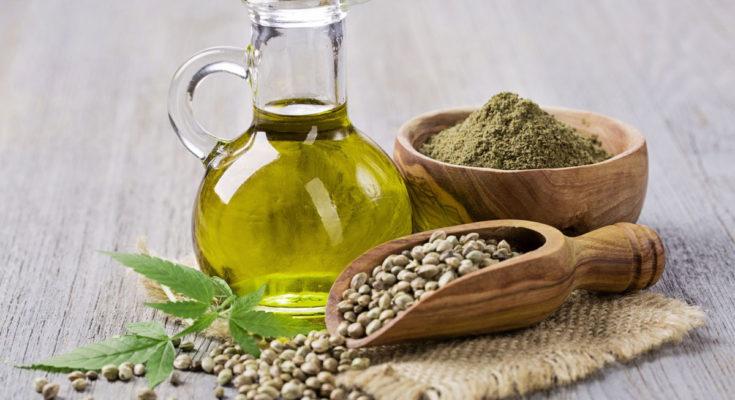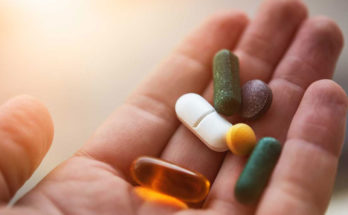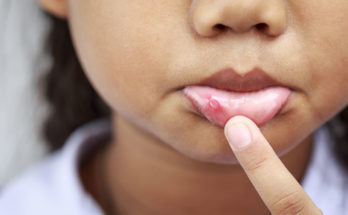The safety factor with CBD oil is pretty easy to deal with because even at very high levels, the human body has great tolerance for it. The World Health Organization (WHO) gave CBD oil two-thumbs up approval for being non-addictive years ago and there is really no data about overdoses. Of course, that shouldn’t mean you’ve done all the research you’ll need to. Overall safety concerns about hemp plants as bioaccumulators, or how this largely unregulated industry will become better about labeling information consumers can count on, is quickly coming though.
Let’s talk about getting CBD working for you.
Doctors can’t prescribe CBD oil for two reasons: It doesn’t have an RDA (Recommended Daily Allowance), and there is no universal dose, something specific like one drop every eight hours or ‘per ten pounds of body weight’. There’s no reason to just toss down a dropperful either, at least not until you figure out how much CBD that is.
Standard CBD oil tinctures come in a 1oz bottle with a 30mL dropper of 300 mg strength CBD oil, resulting in 10 mg of CBD oil per dose. There are different sizes and concentrations so the resulting CBD dosage will vary, but the math essentially remains the same.
Capsules can provide a steadier dose: a 1500 mg bottle with 60 capsules results in 25 mg per pill. It’s a pretty simple CBD dosage math.
A lot of information exists about ‘low and slow,’ and most advise starting with 5 mg sublingually (under the tongue) and building gradually. It involves some extra effort to get a good dosing level based on the fact that body composition varies for each individual.
Weight, the method of intake, and what it’s being taken for is a couple more things to consider.
Regulations and Testing of CBD Oil
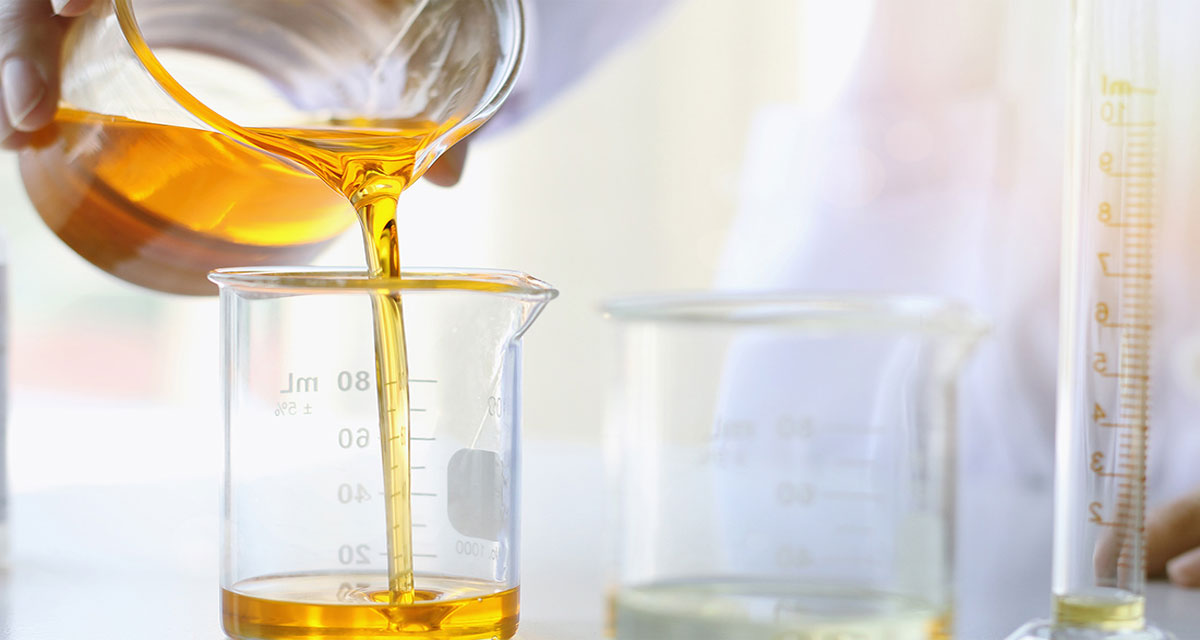
Lack of uniform regulations means testing requirements vary. Some companies take this effort more seriously than others, which is why doing your own research becomes one of your biggest tools in arming yourself with the proper CBD safety information.
Although there isn’t a uniform “safe amount” of CBD oil to take, there also isn’t an “unsafe amount.” It all depends on your personal situation and how well you experience the benefits of CBD.
GRAS: Generally Regarded as Safe
This is the FDA’s designation that an ingredient or substance added to food is safe, and can be exempted from the usual tolerance requirements. Additional discussion regarding infusion of CBD into food products is coming, but as a public health agency, the FDA weighs benefits and harm factors. Thanks to continued research, the benefits of CBD are quickly becoming documented.
One safety factor that doesn’t get enough notice is lab purity reports, also known as a Certificate of Analysis (CoA). Hemp plants are bioaccumulators that suck up whatever harmful toxins may be present in the soil. Hemp has been effective and vital in the cleanup of soil composition in Chernobyl (Russia), which had nuclear melt-down years ago.
Hemp is a rotational crop in many places, so fertilizers and chemicals used on previous crops, or heavy metals and molds in the soil, will also be sucked up. U.S. standards are tougher overall, and because a lot of domestic hemp is raised under state pilot programs, the proper testing gets done.
Every good CBD manufacturer posts their lab results, and there should be a lot of zeros on such reports. The ability to do comparisons and research makes CBD purchases online a legitimate option.
CBD oil is usually categorized as a nutritional supplement, and any questions regarding the legality of hemp and hemp-derived products (like CBD oil) should be put to rest thanks to the Farm Bill of 2018. With its passing back in December, hemp (plants containing less than 0.3% THC) are now considered federally legal.
THC, or tetrahydrocannabinol, is the infamous, high-inducing cannabinoid found in the cannabis plant. CBD, on the other hand, is one of over 100 different cannabinoids found in the cannabis plant and offers all the health benefits of the plant, minus any of the associated high.
THC-free and broad-spectrum terminology simply means ‘everything except THC,’ with terpenes, flavonoids, and other plant materials added back in through a hybrid manufacturing process.
There are still plenty of skeptics – like government contractors and law enforcement agencies – that are concerned with all things CBD, hemp, cannabis, and THC related. With that being said, rules and regulations are quickly being passed to help distinguish between these factors.
Products without THC will make that fact known up front to ensure proper peace of mind.
Infusion of CBD and Food
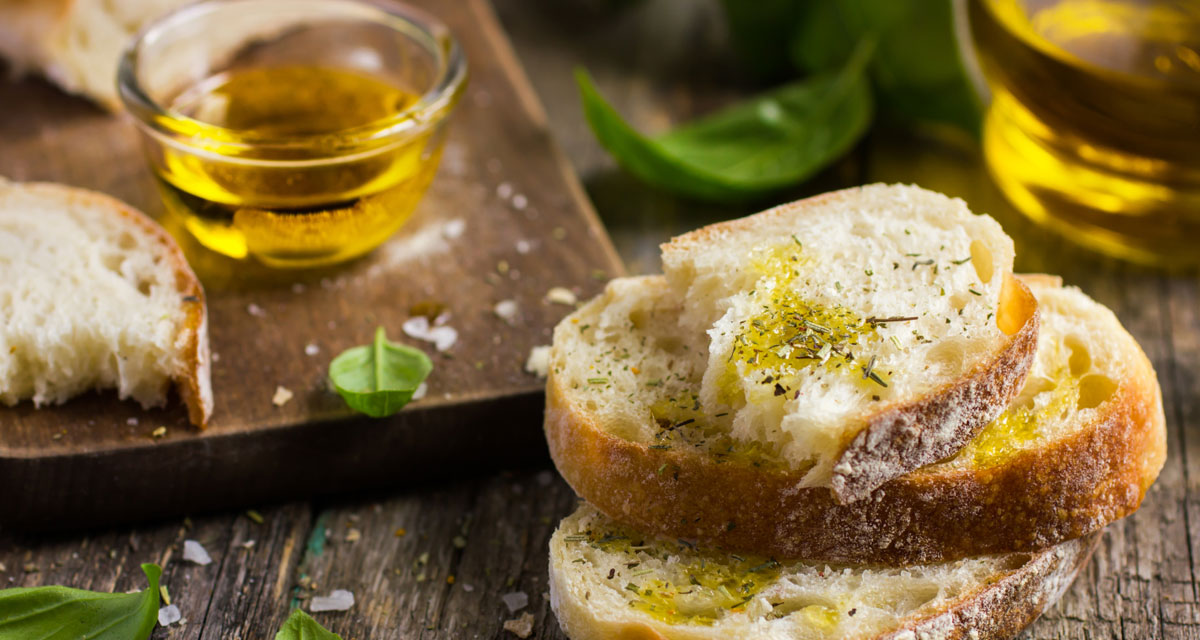
It’s not unusual for products to make a marketing impact before regulations get baked into possible solutions, and infused CBD edibles are in that situation. Using CBD as a cooking element is something you might get around to, and infusing it into drinks has become more common all the time. The method of how CBD oil is taken into the body determines its bioavailability – how soon it is in the bloodstream and ready to be used.
Eating or infusing a drink with CBD slows that process because it has to go through the digestive and liver processes. Gummies as an edible are an example of great marketing, ranking high as a starting point for many to explore CBD. It turns out what’s good for you is also good for ‘fur babies.’ Snacks and drops are already available for cats, dogs, and horses.

